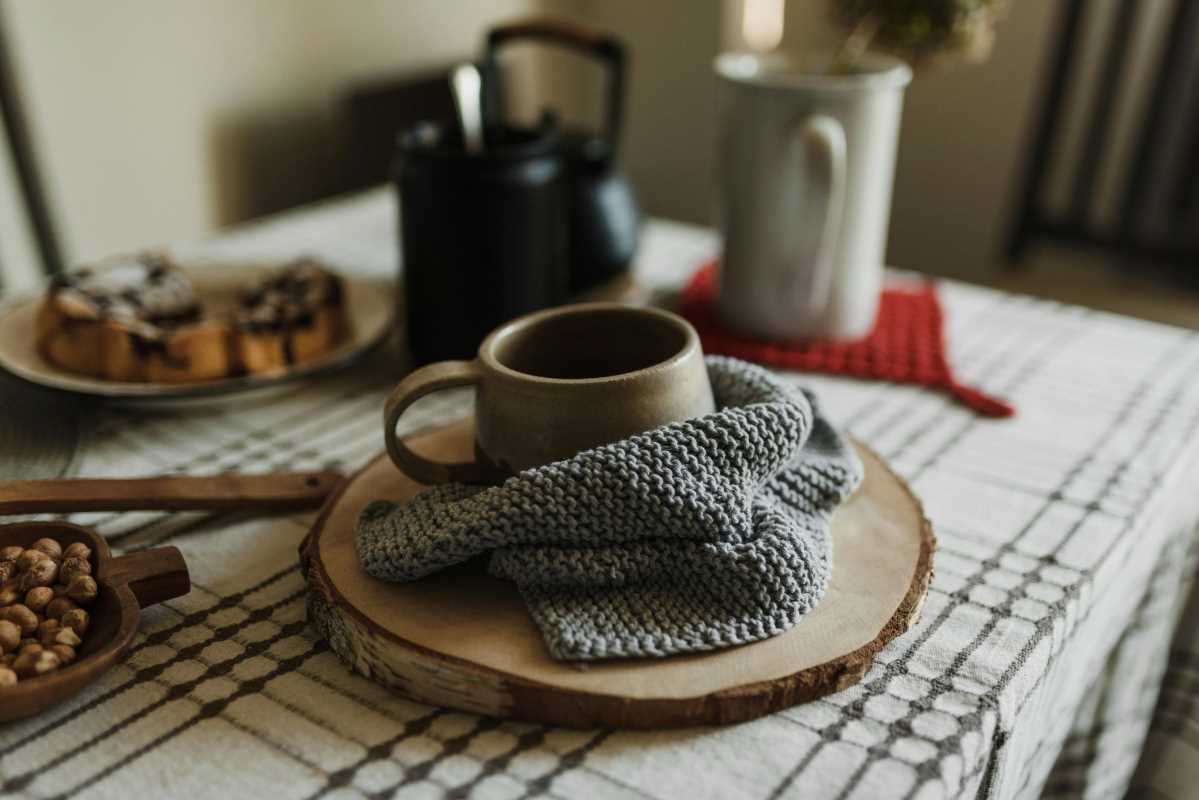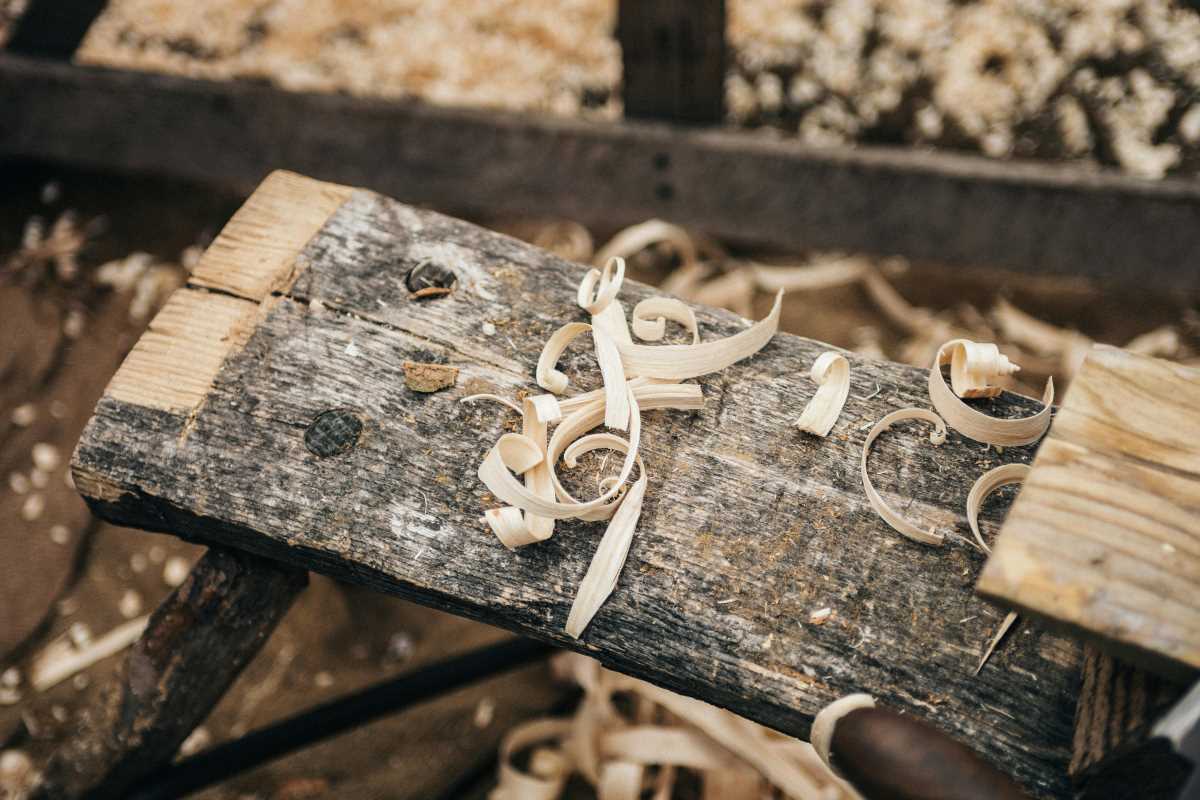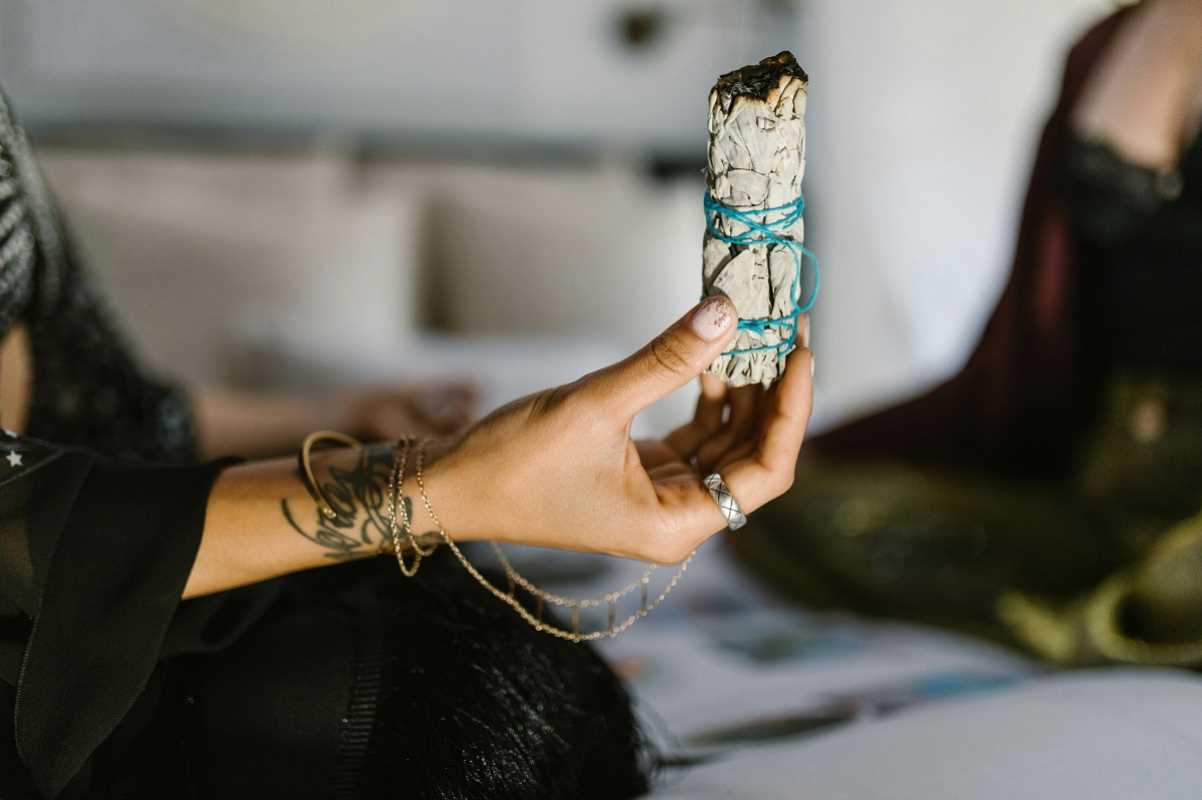Have you ever thought about what makes antique furniture so special? It’s a piece of history. Every scratch, dent, or faded finish holds a story waiting to be uncovered and reimagined. By restoring and repurposing antique pieces, you can breathe new life into them while preserving their charm and character. Whether you’ve inherited a family heirloom or discovered a hidden gem at a flea market, restoring and repurposing antique furniture is a rewarding way to add uniqueness to your home.
This guide takes you through the essentials of restoring antique furniture and offers creative ideas to repurpose old pieces into stylish additions to modern spaces. Along the way, we’ll cover tools, techniques, and tips to make the process safe and enjoyable—even for beginners.
Why Restore and Repurpose Antique Furniture?
Restoring and repurposing antique furniture can add something truly unique to your home. Here are just a few reasons to take on this rewarding process:
- Preserve History: Restoring antiques honors their craftsmanship and keeps a piece of history alive.
- Sustainability: Repurposing furniture helps reduce waste, making it an eco-friendly choice.
- Customization: Transform antique pieces to better suit your personal style or functional needs.
- Value: Over time, a well-maintained or creatively repurposed antique piece can increase in value.
Now, let’s dig into the practical steps of restoring antique furniture.
The Restoration Process
Restoring antique furniture should follow a careful and methodical approach to preserve its integrity. Below are the key steps to bring new life to an old piece.
1. Assess the Condition of the Furniture
Before starting any restoration work, take time to carefully assess the piece. Look for signs of damage, such as scratches, cracks, or loose joints, and determine whether the finish is salvageable.
Key Questions to Consider:
- Is the structure of the furniture solid, or does it need reinforcement?
- Are there historical details, such as carvings or hardware, you want to preserve?
- Do you know what kind of wood or finish was originally used?
If you’re unsure of the furniture’s value, it may be worth consulting an expert before making irreversible changes.
2. Clean Thoroughly
Start with a deep clean to remove years of dirt, grime, and wax buildup.
Tools and Materials:
- Soft cloth or sponge
- Mild dish soap or a commercial wood cleaner
- Bucket of warm water
Method:
- Mix a gentle cleaning solution using warm water and a few drops of dish soap.
- Use a soft cloth or sponge to gently wipe down the surface of the furniture. Avoid soaking the wood.
- For detailed carvings or crevices, use a soft brush or toothbrush.
- Dry the surface completely with a clean, dry cloth.
3. Repair Structural Damage
If the piece has loose joints, cracked wood, or missing elements, address these issues next.
Common Repairs:
- Loose Joints: Apply wood glue to strengthen wobbly connections. Use clamps to hold the joints in place until the glue dries.
- Cracks: Fill small cracks with wood filler, sanding it smooth once it dries. For larger cracks, consider replacing the damaged section with a matching wood piece.
- Missing Hardware: Replace missing knobs, hinges, or pulls with vintage-style replacements, or salvage original hardware if possible.
4. Strip Old Finish
If the finish is beyond saving, it’s time to strip it off.
Tools and Materials:
- Chemical paint or finish stripper
- Putty knife or scraper (plastic or metal)
- Steel wool or fine sandpaper
- Gloves and safety goggles
Method:
- Apply the stripper evenly to the surface, following the manufacturer’s instructions, and allow it to work for the recommended time.
- Gently scrape off the loosened finish with the putty knife. For intricate details, use steel wool to reach crevices.
- Sand the entire surface lightly to remove any residue and create a smooth finish.
5. Reapply Finish
The final step in restoration is refinishing the furniture to enhance its natural beauty.
Options for Finishing:
- Oil Finish: Enhances the natural grain of the wood while providing a soft, matte finish.
- Stain and Lacquer: Adds color and protects the wood with a durable sealing layer.
- Paint: For a bold transformation, paint the furniture in a solid color or try decorative techniques like distressing.
Apply the chosen finish evenly with a brush or cloth, and always work in the direction of the wood grain. Allow it to dry completely before sealing with a clear protective layer.
Creative Ways to Repurpose Antique Furniture
Restoration isn’t the only way to give antique furniture a new lease on life. Repurposing allows you to transform old pieces into something functional, stylish, and entirely unique. Here are some ideas to consider.
1. Turn a Vintage Dresser into a Bathroom Vanity
Repurpose a vintage dresser by converting it into a charming bathroom vanity.
How to Do It:
- Cut holes into the top of the dresser to accommodate a sink and plumbing pipes.
- Seal the wood with a waterproof finish to prevent water damage.
- Add new knobs or handles for a polished look.
2. Use an Old Door as a Headboard
A beautifully carved antique door can become a stunning headboard for your bed.
How to Do It:
- Sand and refinish the door to suit your room’s aesthetic.
- Mount the door securely to the wall or directly to your bed frame.
3. Repurpose a Dining Table into a Desk
Shorten the legs of an old dining table to create a spacious and stylish desk.
How to Do It:
- Sand and refinish the table for a clean, updated look.
- Add storage drawers or a keyboard tray for extra functionality.
4. Transform a Wardrobe into a Bar Cabinet
Convert a vintage wardrobe into a unique bar cabinet for entertaining guests.
How to Do It:
- Add shelving for glasses, bottles, and bar tools.
- Line the interior with mirrors or decorative wallpaper.
- Install LED lights for added ambiance.
5. Upcycle a Chair into a Plant Stand
Give a broken or mismatched chair new life as a decorative plant stand.
How to Do It:
- Remove the seat of the chair and replace it with a wooden planter box.
- Sand and paint the frame for a fresh look, and fill the box with greenery.
Essential Tips and Precautions
When restoring or repurposing antique furniture, keep these tips in mind for a smooth and safe experience.
- Work in a Well-Ventilated Area: Many finishes, stains, and strippers release fumes, so proper ventilation is essential.
- Test Materials First: Always test wood cleaners, stains, or paints on a hidden area before applying them.
- Preserve Original Features: When possible, retain original carvings, hardware, or finishes to maintain the piece’s character.
- Take Your Time: Restoration and repurposing require patience, but the results are worth the effort.
 (Image via
(Image via





